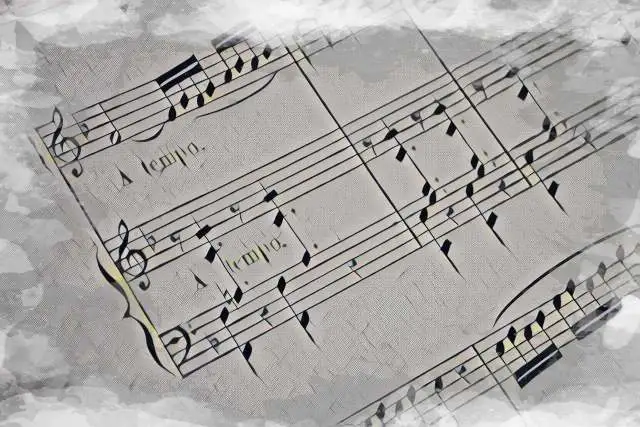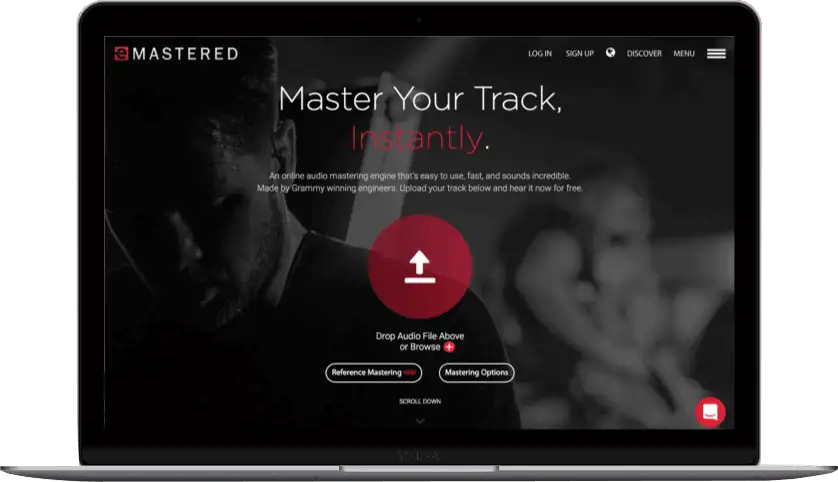Every piece of music breathes in its own time. It’s literally where the word ‘tempo’ comes from - the Italian for ‘time’. Without this backbone, all the other building blocks of music - rhythm, harmony , melody - make no sense.
All tempos are measured in beats per minute (BPM for short). Perhaps you’re familiar with the term, but if you’ve ever wondered what is BPM in music, why it’s so important, or how it can be used creatively, this fine collection of words is precisely what the doctor ordered!
What is BPM and Why Does it Matter?
BPM is the unit of measurement used to determine the tempo of a piece of music. BPM stands for beats per minute , and that's precisely what it counts - how many beats occur in one minute.
Whether you're composing a new ditty, DJ-ing at an upscale wedding, or just tapping your foot along to the latest offering from Nickelback, BPM is quietly at work behind the scenes.
BPM influences the mood and energy of the track, and can affect how listeners respond to the music. Even pushing the BPM just a few beats can make a huge difference to how a song lands.
How is BPM Calculated?
Reader advisory: in order to fully understand BPM you'll need to brace yourself for a wee smidge of music theory. But don't worry - it's not rocket science!
Obviously the simplest way to calculate a song's BPM is to ask the internet, or use a BPM app to figure it out for you. Some apps calculate the exact BPM of a song as you tap along.
To do it manually, simply count the number of beats that occur within a 15 second time span, then multiply the result by 4. If there is one beat per second, then the tempo is 60 BPM.
But (and this is a big but) how do you know which beats to count?
Enter the time signature.
When music is written down, it will (nearly) always have a time signature, like this:
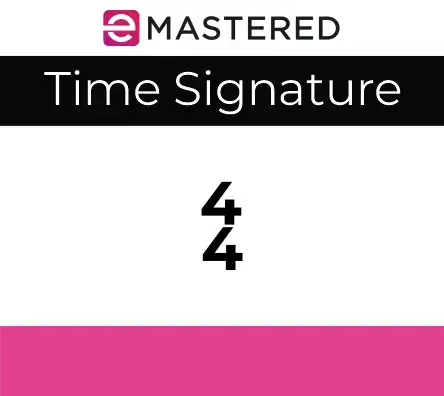
The time signature determines the beats, and how they are subdivided. The top number tells us how many beats are in each measure (the subdivision) - but for the purposes of this article we can ignore it. It's the bottom number that counts. It tells us what kind of beats they are, and that's what we use to calculate the BPM of a song.
Generally speaking, the bottom number indicating the note value will be a 4, 8, 2, or occasionally a 16.
- 4 = Quarter note
- 8 = Eighth note
- 2 = Half note
- 16 = Sixteenth note
In contemporary pop music (and by that I mean any genre, not just pop), most of the time the note value will be a quarter note. 4/4 is the de facto time signature for most songs, but not all.
For instance, Bruno Mars' duet with Lady Gaga Die With a Smile is in 6/8, so calculating the BPM will involve counting every eighth note beat that occurs over a 60 second period. If you're interested, it's 158 BPM.
https://youtu.be/kPa7bsKwL-c?si=oEYSUUWtRw9w6-ZV
Why is the note value so important to BPM? Because if you count a song's BPM using half notes, and the drummer you hired for the gig thinks you're talking about quarter notes, you're going to end up with an extremely fast version of your song!
To help clarify things, BPM is often expressed as a note value and a number.
Tempo vs BPM
At this point you might be thinking ' isn't BPM just another way of saying tempo? ' Well, kind of, but not exactly .
A BPM is a very precise measurement, whereas tempo markings give a more general sense of the ballpark you need to be in for things to sound right.
Two songs with the same exact BPM marking - say 120 BPM - will play at exactly the same tempo, or speed. On the other hand, two pieces of music that share the same tempo marking might be played at slightly different BPMs to each other.
Why so, you may ask. Let's take a look at the history behind it all.
Life Before BPM
In the before times, long before BPM became a quantifiable number, classical music composers used descriptive terms of one or more words to indicate what tempo a piece of music should be played at. These were the days when sheet music was how composers shared their work, and every piece of music had a tempo marking at the top.
These markings were valuable because they gave both a tempo indication, and a mood indication. Many composers used Italian tempo markings since these were the norm, although later some composers combined German tempo markings with traditional Italian markings.
Some common tempo markings include:
- Grave (20-40 BPM): extremely slow and solemn
- Largo (45-50 BPM): broadly
- Adagio (55-65 BPM): slowly and stately
- Andante (70-110 BPM): at a walking pace
- Allegro (110-130 BPM): fast, quickly and brightly
- Vivace (130-140 BPM): lively and fast
- Presto (170 - 200BPM): extremely fast
As you can see from the above list, music's tempo was very much open to interpretation. Additional Italian words were often used to narrow down these ranges. For instance, the tempo marking allegro agitato would suggest a more restless version of the usual allegro, therefore played at a slightly faster pace.
Enter the Metronome
In the early 19th century, a clever chappy by the name of Johann Maelzel invented the metronome - a device that emits a steady click at a consistent interval, adjustable by the user.
This allowed composers to indicate a specific tempo on their scores, and their use became increasingly popular. Beethoven was one of the early adopters of the metronome, and published specific BPM indications for the eight symphonies he had written by the early eighteen-teens.
Early metronomes had their quirks, and some gave slightly different tempos for the same marked BPM. As technology and engineering got better, so did the precise measurement of BPMs, and over time there was a gradual shift from more subjective tempo indications to precise BPM markings.
Composers nowadays tend to use a combination of tempo and BPM markings to accurately convey both the feel and the tempo.
Modern electronics have made BPM measurement extremely accurate, and BPM is the gold standard. It's used in DAWs , DJ software, and music apps. From tempo-synced lighting rigs, to workout playlists and game soundtracks, BPM is the central organizing principle in modern music.
How BPM is Used Today
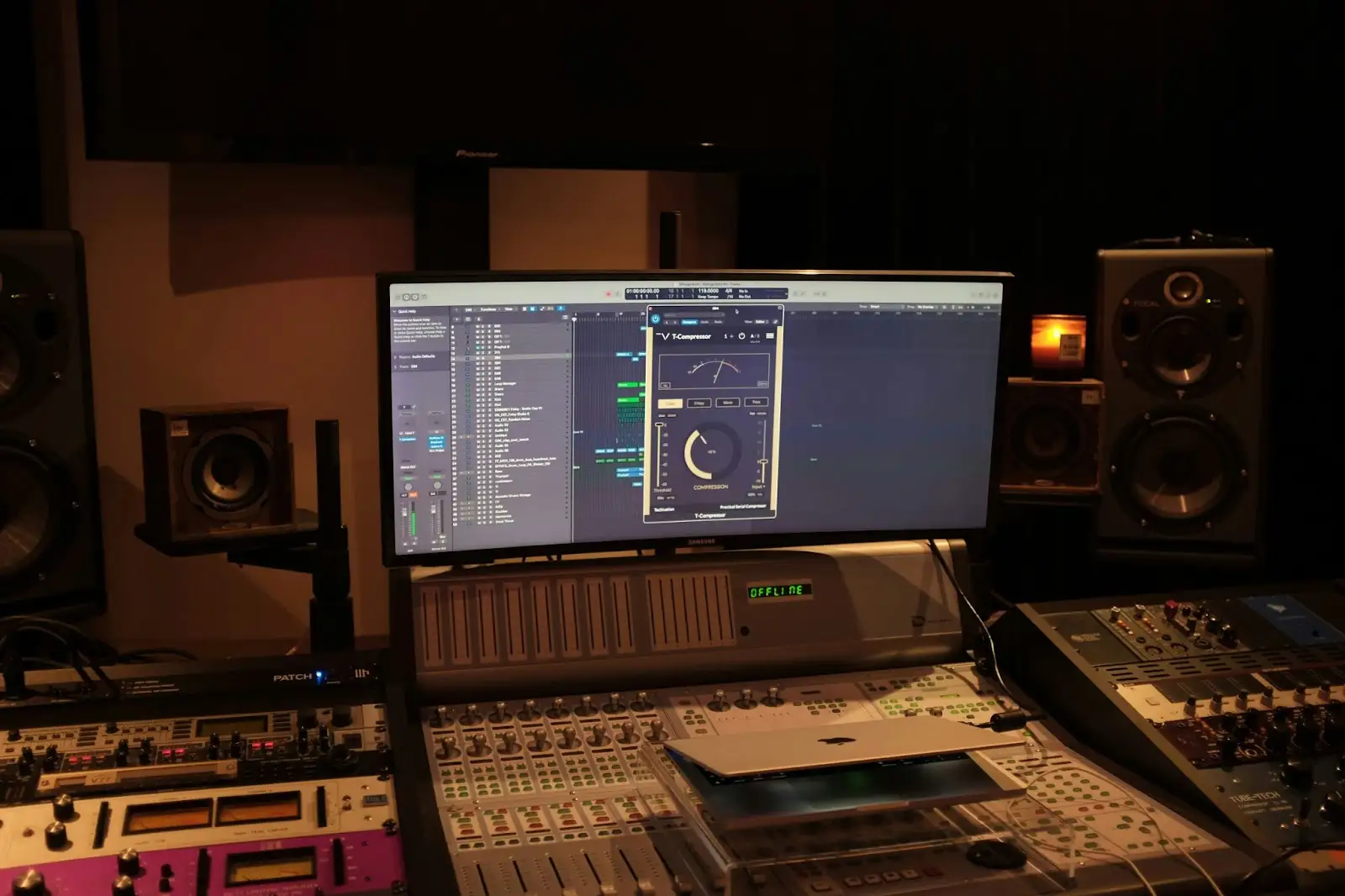
Whether you're creating hip hop beats or designing a light show for a stadium gig, BPM plays a central role in keeping everything tight and cohesive. Think of it as an invisible force that keeps all the moving parts working in sync.
Music Production
Most music software - like Logic Pro, Ableton Live or FL Studio - allows you to set the BPM of a track when you set up your session. This acts as the backbone of the session, keeping all the elements in time with each other.
If you're working only with MIDI, you can adjust the BPM after you've programmed all the parts. Some software can also automatically adjust any audio to match music's tempo as it changes - Ableton Live was one of the first DAWs to introduce this feature, which made it so much easier to do things like using a 120 BPM loop in a 100 BPM session.
DJ-ing
If you're DJ-ing to keep a roof over your head, BPM is crucial for lining up the tempos of two songs so they mix together smoothly. Plenty of DJ software , like Traktor, Serato, and Rekordbox automatically detect the BPM of a song to help you focus on the vibe and the transitions, and less on the nitty gritty of each song's beats per minute.
Live Performance
BPM is also a crucial factor in live performances. Tempo can be automated or controlled by MIDI or click tracks. Lighting designers and visual artists can use BPM to synchronize their effects to the music's tempo.
Finding the Tempo of a Song
There's many ways to skin a cat (whatever that means), and the same applies for figuring out the BPM of a song.
The Interwebs
A quick Google search (other search engines are available) will throw up the BPM of any song you ask of it. Be warned though, sometimes the results aren't 100% accurate.
Digital Metronomes or Tap to Tempo Apps
Using an online metronome, or a metronome that allows you to tap in a tempo, is a handy way of discovering a song's tempo.
Count It
Simply counting the number of beats that occur within a 15 or 30 second period will give you the BPM of a song when you quadruple or double the result.
DAWs
You can also use your DAW to find the beats per minute of a song, if it has a a tap tempo function, or BPM analyzer.
Learning BPMs
BPM is a very precise measurement of a song's tempo, and humans can't be expected to instantly play a specific BPM at the correct pace upon request.
However, there's a neat trick to gauge how fast or slow a BPM is, and approximate the speed; namely, memorizing beats and songs at certain BPMs. If you know one song is at 120 BPM, and another is at 130 BPM, you can split the difference and make an educated guess for 125 BPM.
Here's some ideas to get you started but this trick works best when you know a song inside out, so feel free to replace with your own ideas.
- Money Trees - Kendrick Lamar (72 BPM)
- Hit Me Baby (One More Time ) - Britney Spears (93 BPM)
- Staying Alive - The Bee Gees (104 BPM)
- Uptown Funk - Bruno Mars (115 BPM)
- Around the World - Daft Punk (121 BPM)
- Go Your Own Way - Fleetwood Mac (134 BPM)
- Mr Brightside - The Killers (148 BPM)
- Hey Ya! - Outkast (158 BPM)
Memorizing some extremely slow songs, or tracks that run at a faster pace effectively gives you three BPM for the price of one; using half time or double time to half or double the beats per minute of the original.
How BPM Affects Musical Feel and Genre
BPM is more than just a number. It's a creative choice that influences how a piece of music feels, and the emotional impact it has on the listener.
Songs with a slower tempo (60-90 BPM) will feel more introspective, relaxed, or dreamy.
Moderately fast tempos (90 - 120BPM ) serve up a laid back but somewhat energetic feel.
A higher BPM range of 120-150 will energize an audience, hence their popularity in EDM and other dance music genres.
A track with a BPM of higher than 150 is high energy, intense, and sometimes intentionally overwhelming. Ideal for drum & bass, speed metal, and gabber.
As a general rule, different genres tend to stay within certain BPM ranges.
- Hip Hop: lives in the 60-100 BPM range.
- Pop: floats between 100 and 140 BPM
- EDM: Will generally live around the 130 BPM mark
There are always exceptions, but you can't break the rules if you don't know what they are ;)
Some genres even toy with the listener's perception of tempo. Trap, for instance, often uses a BPM of 140, but the interplay of the kick and snare, along with energetically quick hi-hat patterns , can make it feel like it's both a faster and a lower BPM at the same time.
Tips for Working with BPM
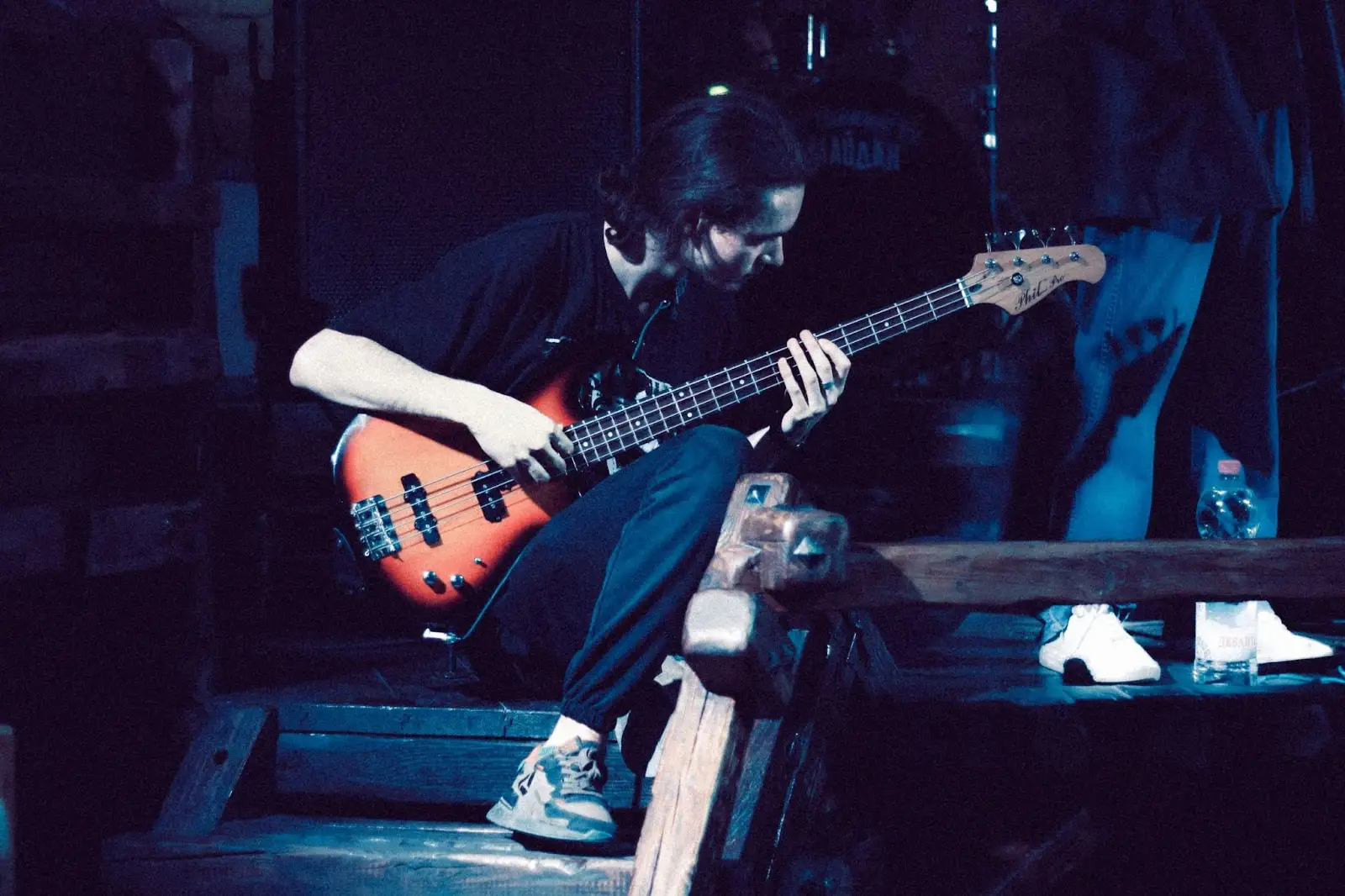
Whether you're producing, practicing, or playing, whenever you're working with music you're working with BPM. Here's some ideas to keep things fresh.
Experiment with Half and Double Time
Playing at half and double time changes the rhythm of a song, rather than the tempo itself. A song at 120 BPM played in half time will feel like it's a slow 60 BPM. These kinds of manipulations are great for breakdowns, or raising the energy level of a track.
Modulate the Tempo
The BPM of a track doesn't have to stay the same throughout. It's not uncommon for producers to nudge up the tempo during the chorus of a song to add some extra energy. Similarly, you might want to slow things down in a bridge or breakdown section.
These modulations can be gradual, or sudden. Often the difference is only a few beats per minute, but it can make all the difference!
If you're scoring a film tempo, modulations are a must if you want to get to the heart of a story. They are also very handy for getting a scene to start on a downbeat.
Tempo modulations are a cinch to program in modern DAWs - so use that tempo map!
Get Curious with Your Tempos
When you start working on a new track, try slowing down and speeding up your initial idea to see how different BPMs affect the vibe. Sometimes just a few clicks can make all the difference.
The easiest way to do this is to record a MIDI-only scratch track of your idea; that way everything will stay in sync as you adjust the tempo.
Stay Human
Mechanical and digital metronomes are all well and good, but the people who play the music are only human, and it's perfectly natural to push and pull the feel against the steady click of the BPM.
In fact, if you try playing along with a metronome you may be surprised at how difficult it can be. We naturally adjust things as we go, sometimes playing slightly slower or faster. It's what gives life to music.
Conclusion
Beats per minute (BPM) is more than just dry number crunching for musicians. It's the foundation upon which all music is built (even Nickelback albums). It shapes how the music grooves and connects with listeners.
Whether you're producing your first beat , analyzing your favorite song, or just trying to make sense of sheet music marked allegro energico , knowing your BPM is like having a musical compass to guide you.
Go forth, and maketh the music!


